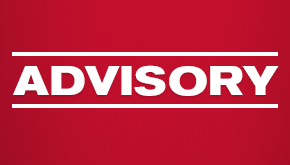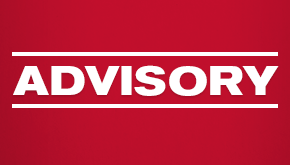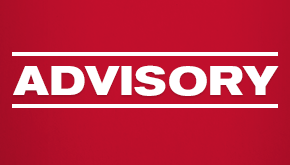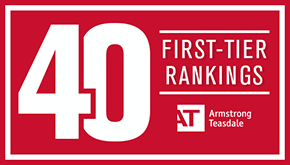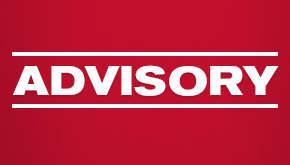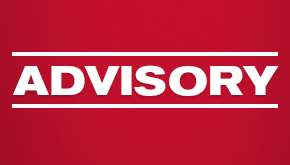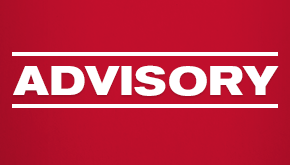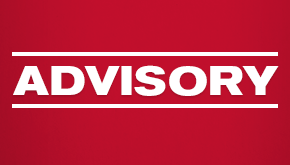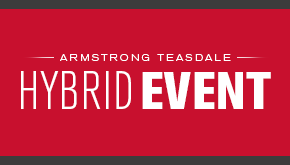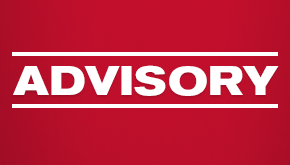EEOC Proposes Updates to Workplace Harassment Guidance
On Sept. 29, 2023, the U.S. Equal Employment Opportunity Commission (EEOC or Commission) posted for public inspection its proposed updated Workplace Harassment Guidance to Protect Workers. This proposed enforcement guidance is open for comment until Nov. 1, 2023. When finalized, it will supersede the various manuals and guidance documents issued over the last three decades and reflect the Commission’s position on enforcement of laws prohibiting work-related harassment.
The enforcement guidance describes in detail the legal standards applicable to claims of harassment under the statutes enforced by the Commission, such as Title VII, the Age Discrimination in Employment Act and the Americans with Disabilities Act (referred to generally here as “EEO laws”). The guidance also briefly addresses systemic harassment, provides links to other harassment-related resources, and offers numerous updated examples in a wide range of scenarios to clarify existing legal requirements.
Covered Types of Harassment
Federal EEO laws prohibit employee harassment that is specifically based on an employee’s legally protected characteristics of race, color, national origin, religion, sex (including pregnancy, childbirth or related medical condition), sexual orientation, gender identity, age, disability and genetic information. The EEO laws also prohibit “associational discrimination,” which refers to harassment due to an employee’s association with someone in a protected class.
Notably, the new guidance emphasizes that harassment based on protected characteristics includes harassment based on social or cultural expectations regarding how people usually act, appear or behave, such as assumptions about racial, ethnic or other protected characteristics and sex-based assumptions about family responsibilities, suitability for leadership roles or sex roles.
Harassment Resulting in Discrimination with Respect to a Term, Condition or Privilege of Employment
It has long been established that for an employer to be liable under an EEO statute for workplace harassment based on a protected status, the harassment must affect a term, condition or privilege of employment. This can include such tangible actions as termination or denial of a promotion, as well as less definitive conduct, if it is severe or pervasive enough to create a hostile work environment. To prevail on a hostile work environment claim, the complainant must show the conduct was subjectively and objectively hostile. In its new guidance, the EEOC makes clear that carrying out a threat to deny a promotion or other job benefit is a change in the terms or conditions of employment and, moreover, that a threat that is never carried out may still establish a hostile work environment, either alone or in concert with other harassing conduct.
Further, conduct need not be directly related to the complaining employee to give rise to hostile work environment liability. This includes conduct directed at other individuals or that occurred outside of the complainant’s presence, as long as the complainant became aware of the conduct during their employment and it is sufficiently related to their work environment to create hostility in the workplace. Thus, conduct that occurs in a work-related context outside the employee’s regular workplace that is conveyed using work-related communication systems and platforms also may also create liability. In its updated guidance, however, the EEOC notes that employers may be responsible for conduct that occurs in a non-work-related context, if the conduct has consequences in the workplace and contributes to a hostile work environment.
Liability
The relationship of the harasser to the employer and the nature of the hostile work environment determines which standard of liability is applicable to a hostile work environment claim.
The EEOC provides a summary of the possible liability standards as follows:
- If the harasser is a proxy or alter ego of the employer, the employer is automatically liable for the hostile work environment created by the harasser’s conduct. The actions of the harasser are considered the actions of the employer, and there is no defense to liability.
- If the harasser is a supervisor and the hostile work environment includes a tangible employment action against the victim, the employer is vicariously liable for the harasser’s conduct and there is no defense to liability. This is true even if the supervisor is not a proxy or alter ego.
- If the harasser is a supervisor (but not a proxy or alter ego) and the hostile work environment does not include a tangible employment action, the employer is vicariously liable for the actions of the harasser, but the employer may limit its liability or damages if it can prove the Faragher-Ellerth affirmative defense. This involves demonstrating that the employer exercised reasonable care in preventing and promptly correcting harassing behavior and that the complainant failed to take advantage of any preventative or corrective opportunities provided by the employer or to otherwise avoid harm.
- If the harasser is any person other than a proxy, alter ego or supervisor, the employer is liable for the hostile work environment created by the harasser’s conduct (only) if the employer was negligent in that it failed to act reasonably to prevent the harassment or to take reasonable corrective action in response to the harassment when the employer was aware or should have been aware of it.
The EEOC notes that negligence provides a minimum standard for employer liability, regardless of the status of the harasser, meaning that the other theories of liability discussed above are additional bases for employer liability that do not replace the negligence standard. Also, the EEOC advises that where the complainant alleges harassment by one or more supervisors and one or more coworkers or non-employees, and all of the harassment combines to create the same hostile work environment, separate analyses of employer liability should be conducted in accordance with each harasser’s classification.
Key Takeaways
The EEOC’s new enforcement guidance distills decades of employment harassment case law and details the EEOC’s current, somewhat liberal interpretation of various key aspects of employment harassment claims. As a result, even prior to official publication, it is an extremely helpful and up-to-date resource for employers and their counsel in navigating potential harassment concerns.
Armstrong Teasdale will continue to monitor developments and will provide further updates as they become available. If you have any questions regarding the enforcement guidance or have questions concerning the legal standards and principles applicable to claims of harassment under the EEO statutes enforced by the Commission, please reach out to your regular Armstrong Teasdale lawyer or one of the authors.


